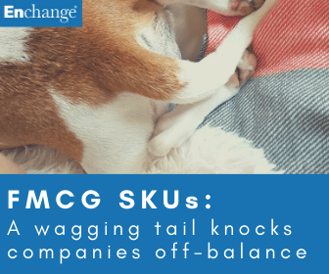Finally, Friday afternoon and looking forward to running out of school with a whole weekend of football ahead (other sports are available). Just a double Biology lesson to get through and then 2 days of freedom from books, blackboards and bugs. Suddenly, the Bio teacher announces to the acne ridden class that humans have a tail. Your ears prick up and kicking a ball exits the mind temporarily. You wait for the punch line from the crusty teacher with leather elbow patches followed by the inevitable collective student guffaw. But hold on, my word, it is true! Our human coccyx or tailbone is what remains of our long lost tail.
All mammals have had a tail at one point in their development. In homo sapiens it is physically present for a period of 4 weeks, during stages 14 to 22 of human embryogenesis. The “modern” tailbone, located at the end of the spine, has long lost its original function in assisting with balance and mobility. The human tail still retains some secondary functions, such as being an attachment point for muscles, which explains why it has not degraded any further – we need it. Many thanks to Wiki as I stopped Biology at O Level (yes, showing my age here.) Can you imagine living with a real, live clearly defined tail? Think of all the items we take for granted that would have to be redeveloped; denim jeans, SCUBA gear, even chairs. Would the sight of Pippa Middleton with a tail flopping about behind her in Westminster Abbey in 2011 have created such a stir?
Can you imagine living with a real, live clearly defined tail? Think of all the items we take for granted that would have to be redeveloped; denim jeans, SCUBA gear, even chairs. Would the sight of Pippa Middleton with a tail flopping about behind her in Westminster Abbey in 2011 have created such a stir?
Anyway, the key point is that the human tail has lost its “original function in assisting balance and mobility”. We do not need a tail to stand up, move or balance like many other mammals continue to do. Sadly, human development has not been matched in the worlds of FMCG, Pharma and DIY. Here the fully formed SKU tails flops around uncontrollably, creating quite the opposite effects desired from our ancient appendage, i.e. imbalance and immobility.
Despite all the wisdom that screams at companies to routinely evaluate and trim their SKU offering, few actually have this as a routine and fewer still actually attain operational excellence in this area. Take a look at your own SKU tail and see which are really driving your performance – probably surprisingly few considering the assumptions of Vilfredo Pareto.
What will be having a huge and negative effect on your cost and service performance will be a tail full of old, boring, tired, unprofitable SKUs that seem to stick like glue (other, less pleasant examples are available). There always seems to be a jolly good reason to keep certain SKUs and perhaps there are special range or local jewel cases but far too many companies endure tails that simply drain cash, take up space and the attention of valuable human resource.
Why would you employ someone to work on unprofitable tasks, brands or SKUs? Get the best employees behind the SKUs that work, help you grow and that consumers actually want. Take an analytical look at your own company and you may be shocked to find some employees are picking up salaries while actually generating zero profit, or worse!
If you desire growth in these difficult COVID times then one assured and low cost way to help is not to allow your lengthy, value destroying SKU tail to “wag the dog”. Starting a quarterly SKU Evaluation Process will cause a little pain to begin with but the longer term benefits far outweigh this minor irritation.
Next week I will discuss what you can do now to improve your complexity. If you need more expert advice on SKU complexity and how to define your own necessary complexity please reach out to us.







